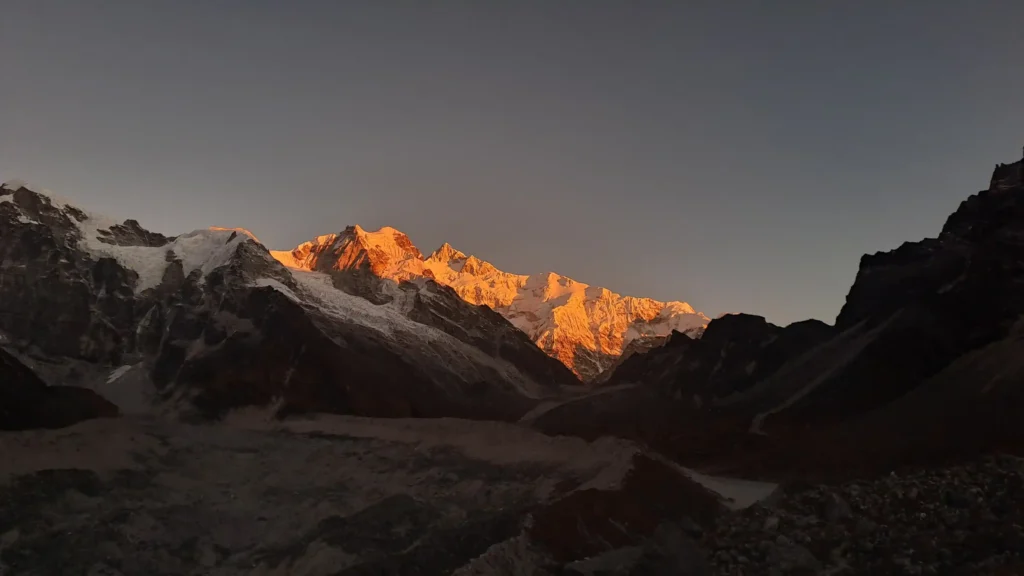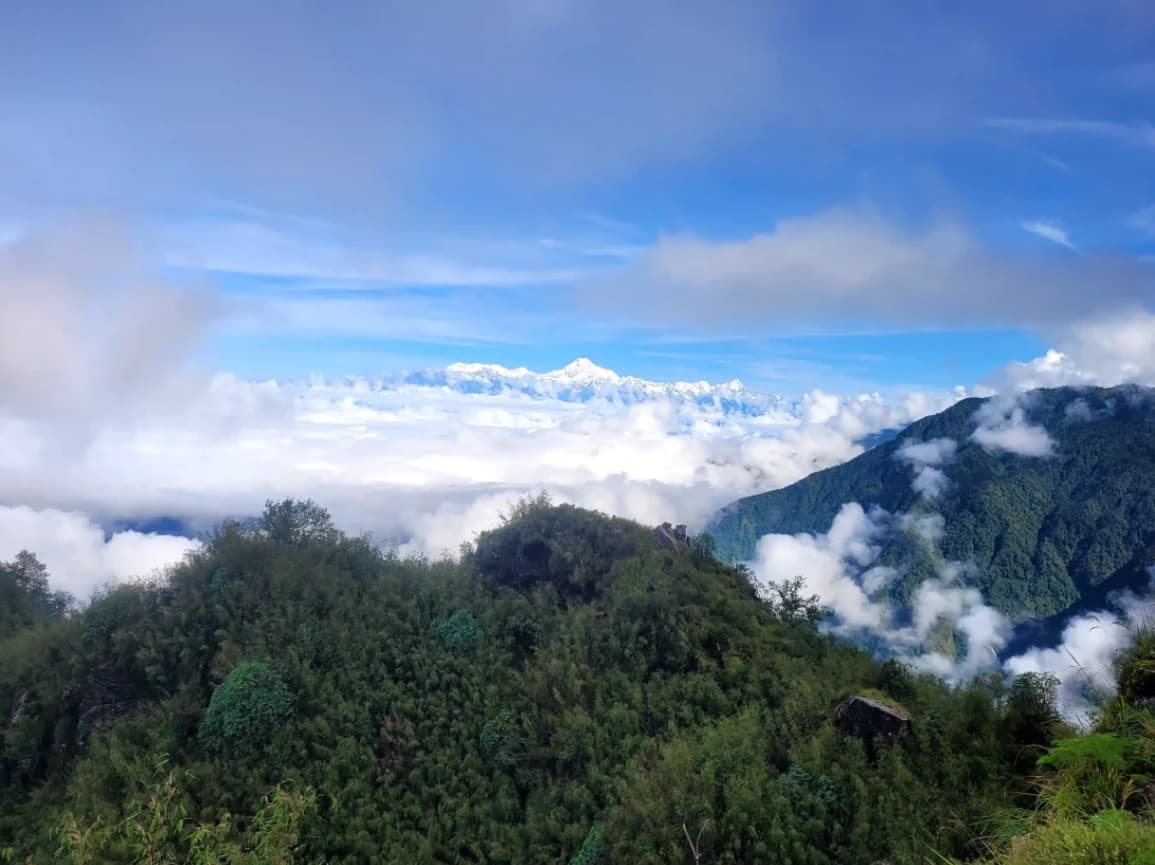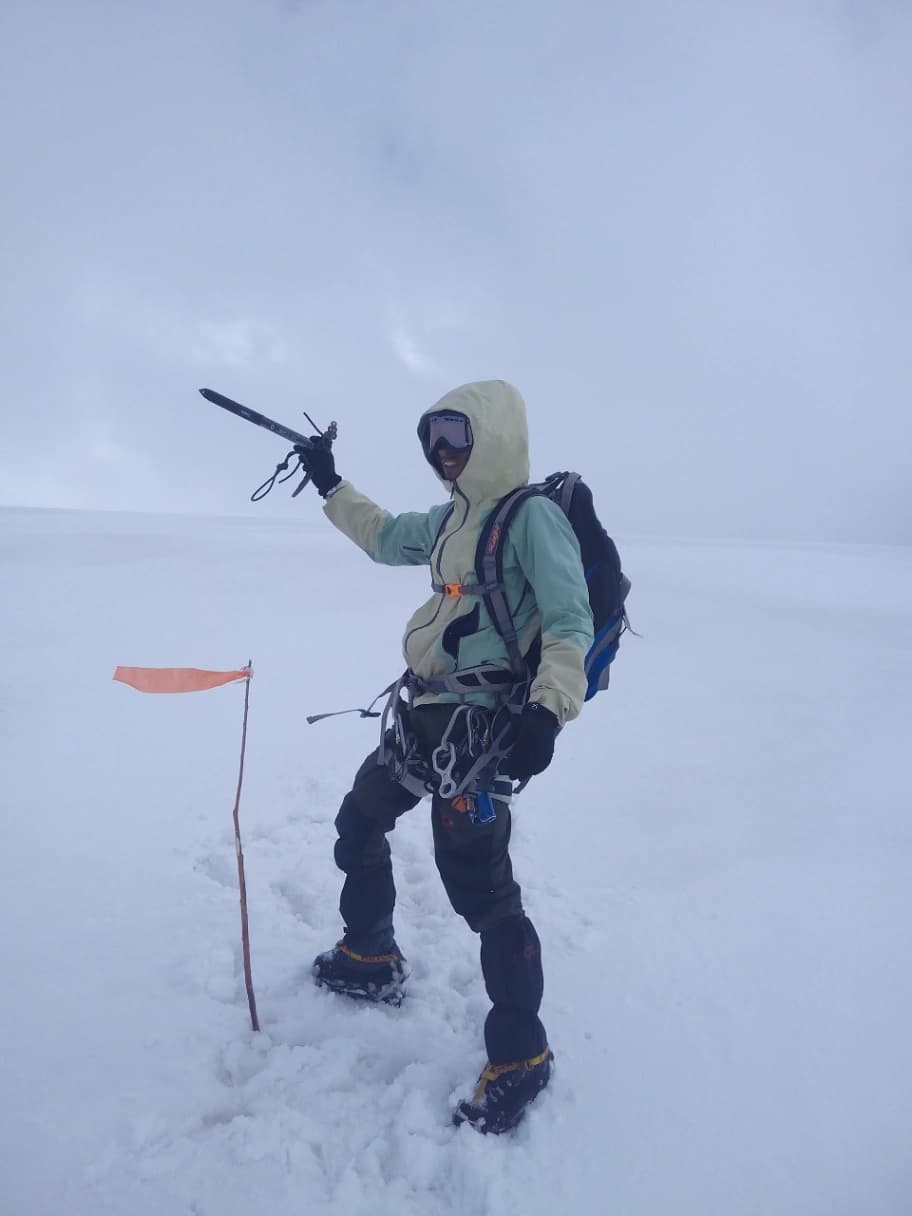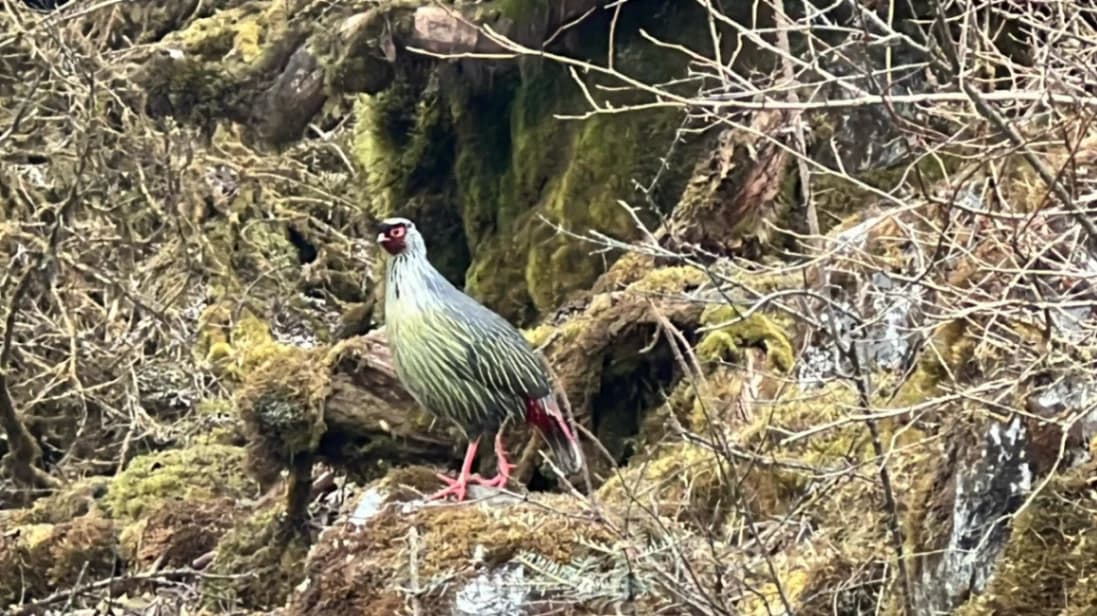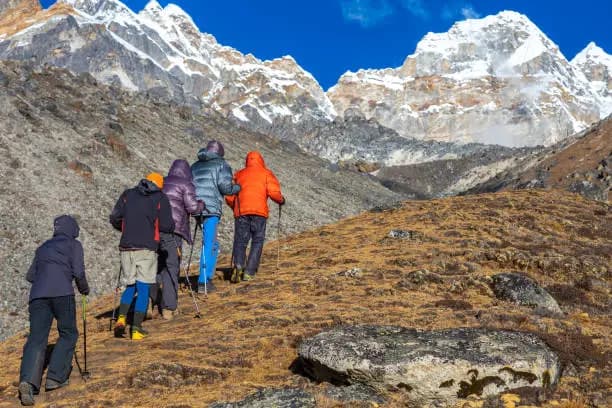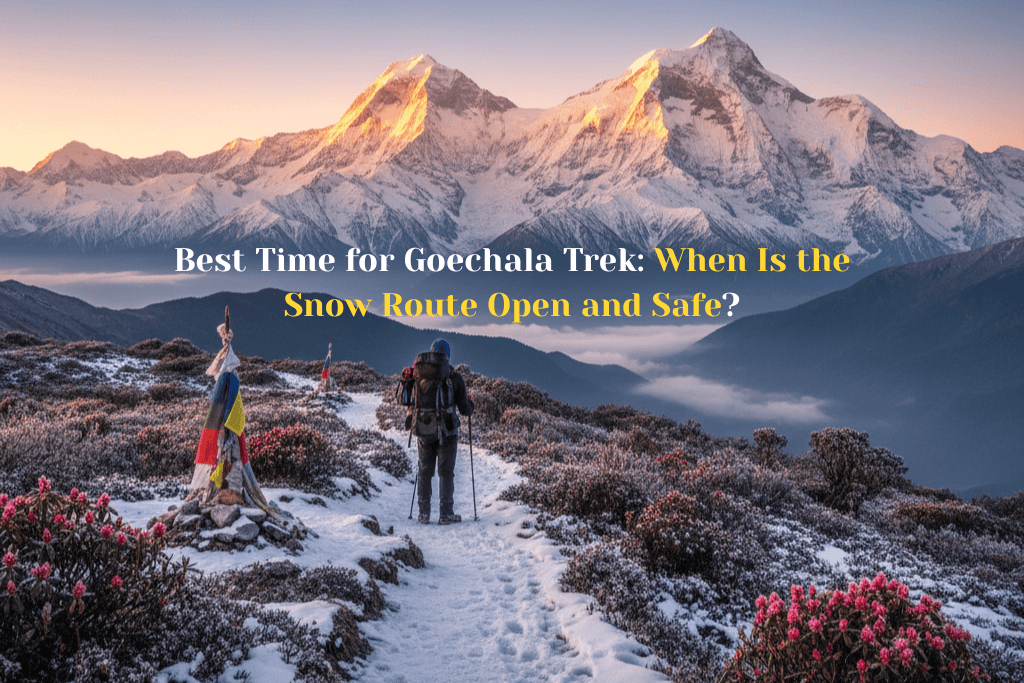Goechala Trek: A Basic Information and guide
People who love the beautiful Himalayas love the Goechala trek. It’s one of the most fun and popular hikes in India.
The path goes through Sikkim, a beautiful state in the northeast of India. There are beautiful views, lots of plants and animals, and a taste of the area’s rich culture.
If you want to go on an adventure in the Himalayas, this detailed guide to the Goechala trek will teach you everything you need to know about planning your trip and what to expect along the way
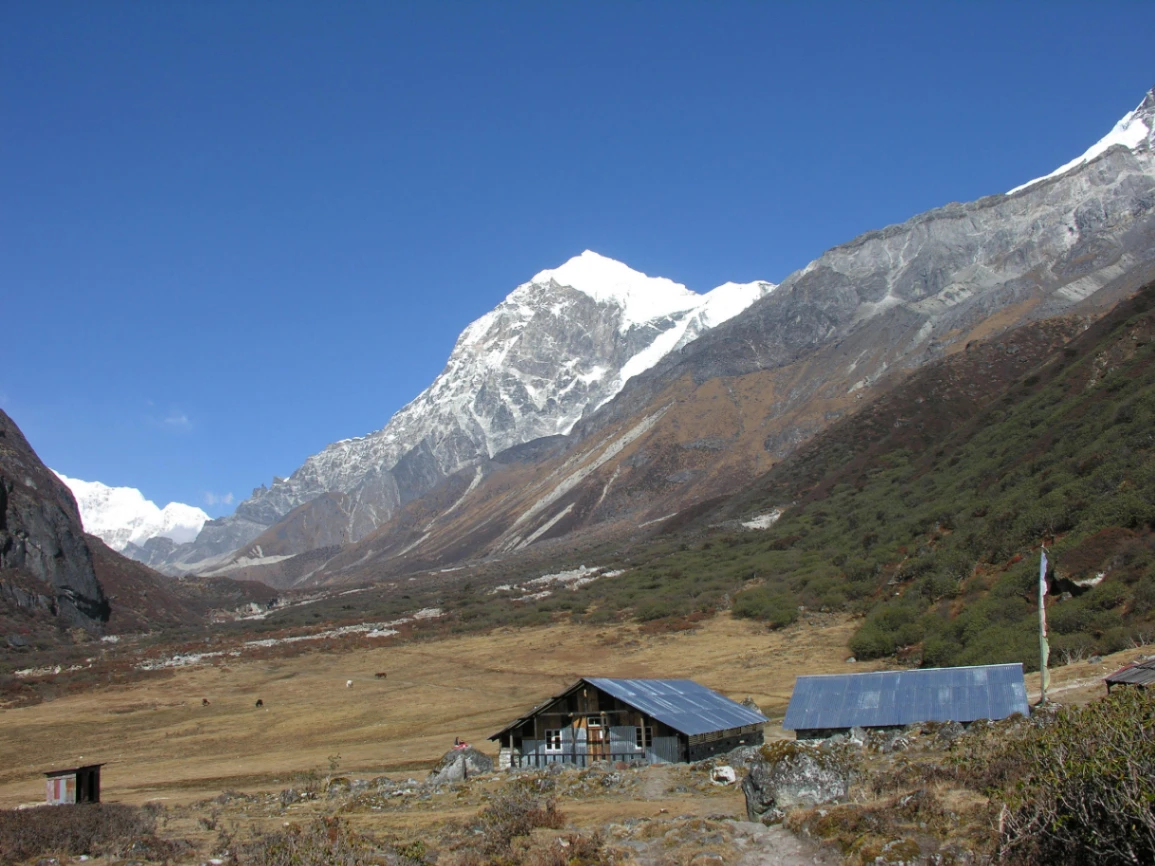
Why Choose the Goechala Trek?
The Goechala trek is famous for the stunning views of some of the most famous peaks in the Himalayas. The view of the southeast face of Mount Kanchenjunga, which is the third-highest peak in the world, is the best part.
Trekkers can see other well-known peaks, such as Pandim, Simvo, Kabru, and Rathong, from some really cool angles. People who like being outside and taking pictures will love this place.
The path goes through beautiful rhododendron woods, alpine meadows, and peaceful Buddhist villages. You won’t find this mix of nature and culture anywhere else.
Goechala Viewpoint 1 is the highest point, at 15,100 feet (4,600 meters) above sea level. The trip could last anywhere from 8 to 11 days, depending on the schedule.
• The round trip is about 90 km long.
•The difficulty level goes from moderate to very high.
The best times to visit are in the spring (April to May) when the rhododendrons are in bloom and in the fall (September to November) when the sky is clear after the monsoon.
How to Start the Goechala Trek
The Goechala trek begins in Yuksom, a small village in West Sikkim.
To get here:
• By Air: Bagdogra Airport in West Bengal is the closest airport to Yuksom. It is about 160 miles away.
• By train: New Jalpaiguri (NJP) is the closest train station, which is about 150 miles from Yuksom. • By road: You can get to Siliguri, Darjeeling, or Gangtok from Yuksom by taxi or bus.
A complete trek itinerary of the Goechala Trek
The trip to Goechala usually lasts 8 to 11 days, and the schedule is as follows:
The trip to Yuksom on day 1
Day 1. Arrival Baghdogra Airport and drive to Yuksom-150 Km Approx.
Get to know the area, see the settlement, and get the ILP and KNP entrance permits you need for your trip on your first day or Second Day Morning.
Day 2: Yuksom to Sachen” (8 km, 6,600 feet)
Begin your journey through dense woods and over a few suspension bridges.
Sachen is the first place to pitch a tent.
Day 3: From Sachen to Tshoka via Bhakim (7 km, 9,700 feet)
This part is harder because the hills are steep.
The last part goes through beautiful rhododendron woods that are at their best in the spring.
Day 4: 10 miles from Tshoka to Dzongri at 13,000 feet
A long climb through deep woods and fields.
The beautiful mountains around Dzongri make it easier to get used to the high altitude.
Day 5: Getting used to Dzongri
A day off with the chance to go up to Dzongri Top for dawn, which is one of the best parts of the Goechala trip.
Day 6: It’s 10 kilometers (12,800 feet) from Dzongri to Thansing.
To get to Thansing from Kockchurang, go down and then back up. The view’s most important part is Mt. Pandim.
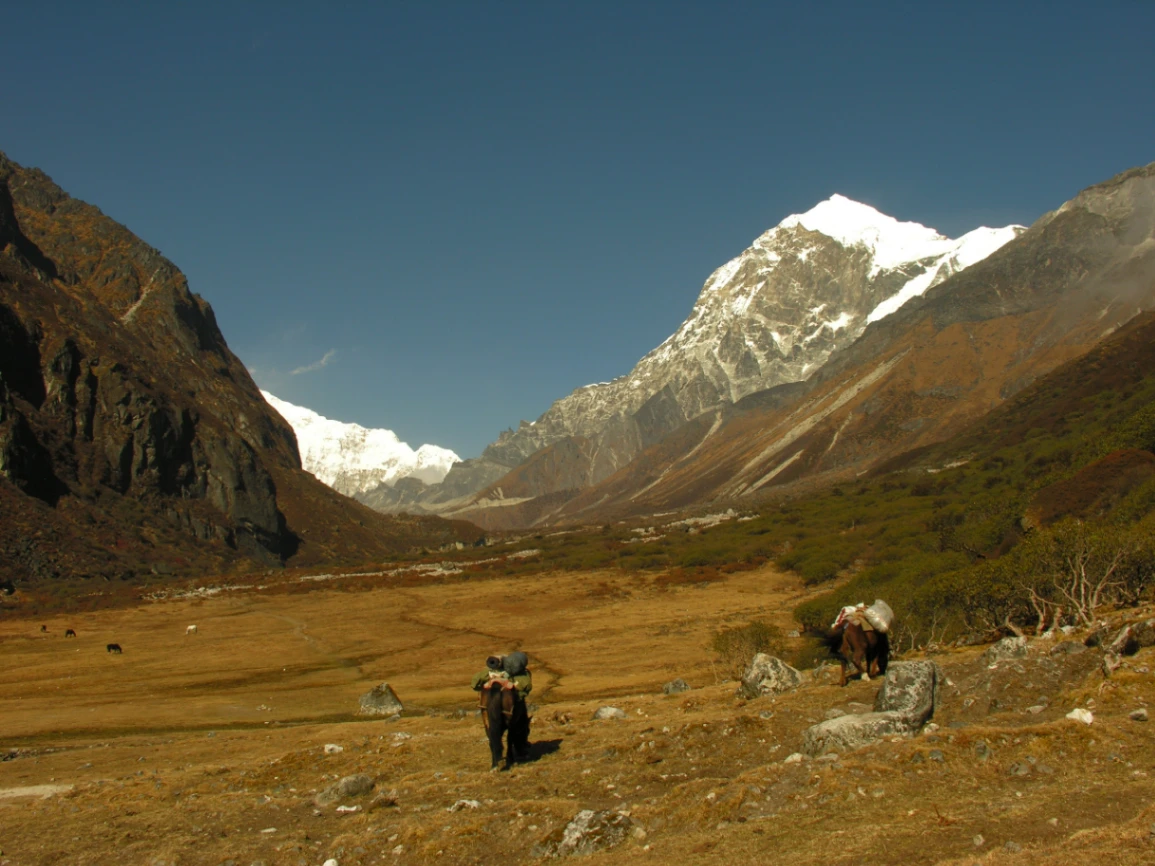
Day 7: 4 kilometers from Thansing to Lamuney, 13,650 feet
If you walk up a short, easy slope, you might be able to get close to the base of Goechala.
Day 8: From Lamuney to Goechala and back to Thansing (18 km round trip, 15,100 feet). Get up early to see the sun rise over Kanchenjunga from the Goechala Viewpoint.
Come back to Thansing for the night.
Day 9: From Thangsing to Tshoka
Go back to Tshoka the way you came.
Day 10: From Tshoka to Yuksom 16km descent.
Day 11: Go to the airport after leaving Yuksom.
Depending on the trekking company and the weather, the plans may change a little.
Requirements for Entry and Permits
You will need the permit for the Goechala trek. those foreign tourist they will need to do make the permit need one day additional which means need to reach yuksom one day earlier.
• Inner Line Permit (ILP): Every foreigner needs ilp this permit opt at the Border at melli check post or Rammam check post, this is apply byself and will get instant there in permit office.
• A pass to get into Kanchenjunga National Park, which is open to both Indians and tourists.
•Trekking Permit: This will make the some registered travel agent at Yuksom.
For the processing of permit will need 2copies passport-sized photos and 2 copies of your ID to get your permit processed, those foreign tourist their will need visa and passport copies.
The Best Time of Year to Go on the Goechala Trek
- Spring (April to May): The meadows are full of bright new colors, and the woods are full of blooming rhododendrons.
- Fall (September to November): The weather is cool, the skies are clear, and the views of the mountains are at their best.
- It can be very cold in the mornings, and the temperature drops.
Don’t go in the winter (December to March) because of ice and snow, or in the monsoon season (June to August) because of heavy rain and landslides.
Getting in shape and ready
The Goechala trek is thought to be moderate to hard because it is long and has a lot of uphill sections.
Getting ready ahead of time is very important:
- Cardio: Running or jogging on a regular basis is good for your health.
- Strength training: Focus on your legs and core.
- Getting used to the high elevations: Rest more in Dzongri so your body can get used to them.
- Clothes: layers that keep you warm, coats that keep the wind out, thermal underwear, and rain gear.
- Shoes: Strong hiking boots that have been worn in.
- Bring a flashlight, water bottles, gloves, a beanie, sunglasses, and sunscreen.
- Medicines: Bring basic first aid supplies, painkillers, and pills for altitude sickness.
- Personal documents: ID cards, permits, and some cash (Yuksom doesn’t have any ATMs).
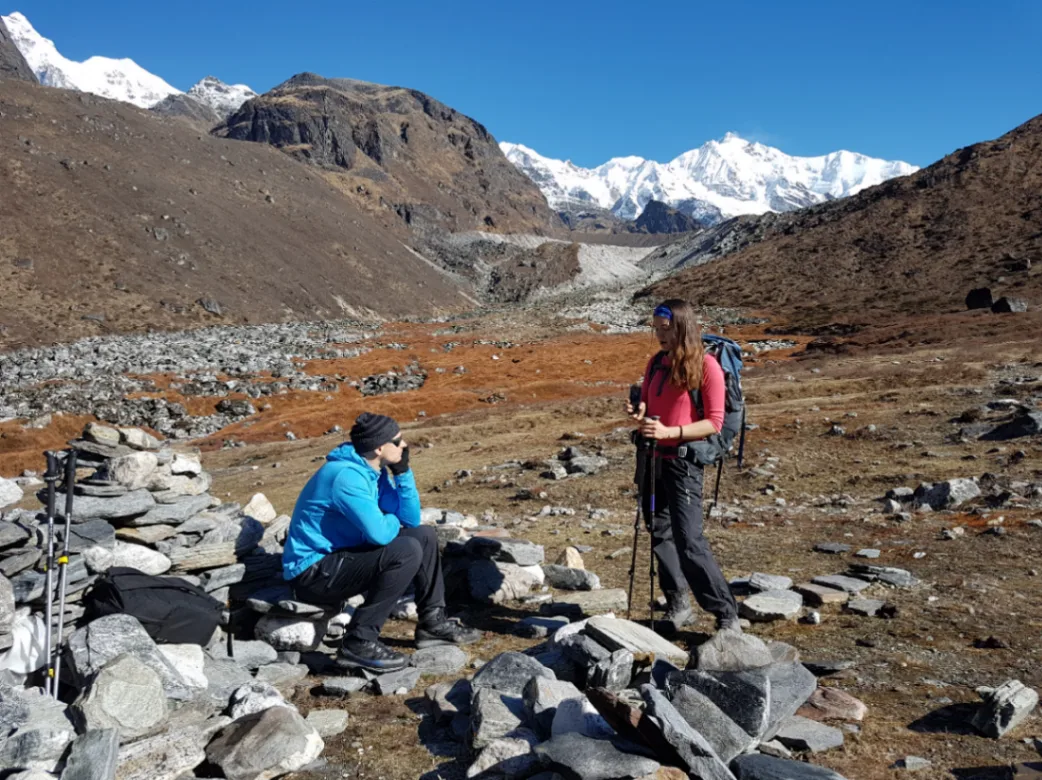
The best things about the Goechala Trek
- Dzongri Top Sunrise: Watch the first light hit Kanchenjunga in a way that seems impossible.
- Samiti Lake: A lake high up in the mountains with clear water that reflects snowy peaks.
- The thick woods of rhododendrons and magnolias are very pretty in late April.
- Plants and Animals: There are a lot of birds, red pandas, Himalayan black bears, and rare orchids.
- Views of the Mountains: You can see famous peaks from all sides.
- Always hike with a certified guide or a company that is based in the area.
Don’t litter and follow Sikkim’s rules about the environment.
- Don’t rush getting used to the high altitude so you don’t get sick.
There are no ATMs after Yuksom, so make sure you have enough cash for the whole trip. • The network doesn’t work very well, so please let your family and friends know.
In the end,
You will remember the Goechala hike. You can see the Himalayas from here, and there are many different kinds of plants and animals. You can also learn about the culture of Sikkim in its small towns and villages.
If you plan ahead and care about the environment, your trip to Goechala will be more than just a hike; it will be a story you tell for the rest of your life.
Pack your bags, lace up your boots, and let’s have some fun!
